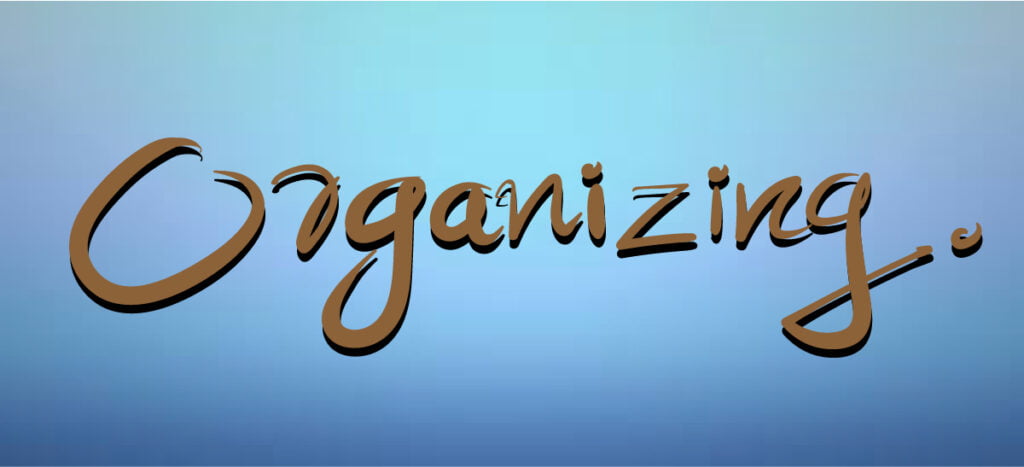Imagine a world where your bank talks directly to your favorite budgeting app, investment platform, or payment service—without you lifting a finger. That’s exactly what Plaid makes possible. In today’s fast-moving digital economy, Plaid acts as the invisible glue connecting financial apps to your bank account securely and effortlessly.
But what exactly is it, and how does it work? More importantly, is it safe? Whether you’re a student managing your first bank account or someone exploring fintech tools, this guide will break down everything you need to know—without the confusing jargon.
By the end of this article, you’ll understand why millions trust it to handle their financial data and how it powers some of the most popular apps you probably use every day.
What Is Plaid?
Plaid isn’t a bank—it’s a financial technology company that specializes in securely linking your bank account to third-party apps. Think of it as a translator between your bank and services like Venmo, Robinhood, or even budgeting tools like Mint.
Founded in 2013, it has become a backbone of modern fintech, enabling seamless data sharing without requiring users to manually input transaction details. Instead of logging into your bank every time an app needs financial data, Plaid handles the heavy lifting—saving you time and hassle.
In simple terms, This is the middleman that makes digital finance work smoothly.
How Does it Work?
So, how does Plaid pull off this magic trick? Here’s a step-by-step breakdown:
- You Connect an App – When you link your bank to an app (say, Venmo), that app uses Plaid’s system to request access.
- Plaid Requests Permission – You’ll see a secure login screen where you enter your bank credentials.
- Data Encryption & Sharing – it encrypts your details and fetches the necessary info (like transaction history) without storing your actual login.
- App Receives the Data – The connected app now has read-only access to your financial data, allowing it to display balances or process payments.
Plaid relies on APIs (Application Programming Interfaces), which are like digital messengers that allow different software systems to communicate. The best part? Everything happens in seconds, making manual data entry a thing of the past.
Key Features of Plaid
Plaid isn’t just about linking accounts—it offers several powerful features:
- Bank Account Linking – Connects thousands of banks and credit unions to apps.
- Transaction Data Access – Retrieves your spending history for budgeting apps.
- Identity Verification – Helps apps confirm you are who you say you are (useful for loan applications).
- Balance Checks – Provides real-time account balances to prevent overdrafts.
These features make it indispensable for fintech startups, personal finance tools, and even cryptocurrency platforms.
Popular Apps That Use Plaid
Ever wondered how apps like Venmo, Cash App, or Robinhood access your bank details so easily? They all use Plaid!
Here are some well-known services
- Payment Apps – Venmo, PayPal, Square (Cash App)
- Investing Platforms – Robinhood, Betterment
- Budgeting Tools – Mint, YNAB (You Need A Budget)
- Digital Banks – Chime, Current
Without it, these apps would require clunky manual uploads of bank statements—slowing everything down.
Is Plaid Safe to Use?
Security is a top concern when sharing bank details, and Plaid takes it seriously. Here’s how they protect your data:
- Bank-Level Encryption – All data is encrypted (scrambled) so hackers can’t read it.
- No Direct Access – It doesn’t store your actual bank login after linking.
- User Permissions – You control which apps can access your data and can revoke access anytime.
That said, Plaid faced scrutiny in the past over data practices, leading to stricter privacy controls. Today, it’s widely considered safe—but always monitor connected apps and remove any you no longer use.
Plaid vs. Traditional Banking Methods
Before Plaid, linking bank accounts meant:
- Manual Entry – Typing in account numbers and routing details (error-prone).
- File Uploads – Downloading CSV files and uploading them to apps (time-consuming).
it eliminates these headaches by automating the process in real time. For fintech companies, this means faster onboarding, fewer errors, and happier users.
Common Misconceptions
Let’s bust some myths:
❌ “Plaid stores my bank password.”
- False! It uses tokens (digital keys) instead of storing actual credentials.
❌ “Plaid is a bank.”
- Nope—it’s a tech company that facilitates data sharing.
❌ “It can withdraw money without permission.”
- Absolutely not! Apps only get read-only access unless you authorize payments.
How to Use Plaid for Personal Finance
Want to leverage Plaid for smarter money management? Here’s how:
- Choose a Budgeting App – Try Mint or YNAB and connect your bank via Plaid.
- Monitor Permissions – Regularly review which apps have access.
- Revoke Unused Access – Disconnect old apps you no longer use.
The Future of Plaid in Fintech
It is evolving fast, with plans for:
✔ Global Expansion – Bringing open banking to more countries.
✔ Credit Services – Helping apps assess creditworthiness instantly.
✔ Loan Approvals – Faster lending decisions using real-time data.
As digital banking grows, Plaid will likely become even more integral to how we manage money.
Conclusion
Plaid is revolutionizing fintech by making banking data accessible, secure, and easy to use. Whether you’re splitting bills on Venmo or investing with Robinhood, and works behind the scenes to keep things running smoothly.
While no system is 100% risk-free, Plaid’s strong security measures make it a trusted choice. So next time an app asks to connect via Plaid, you’ll know exactly what’s happening—and why it’s changing the way we bank.
See Also:




